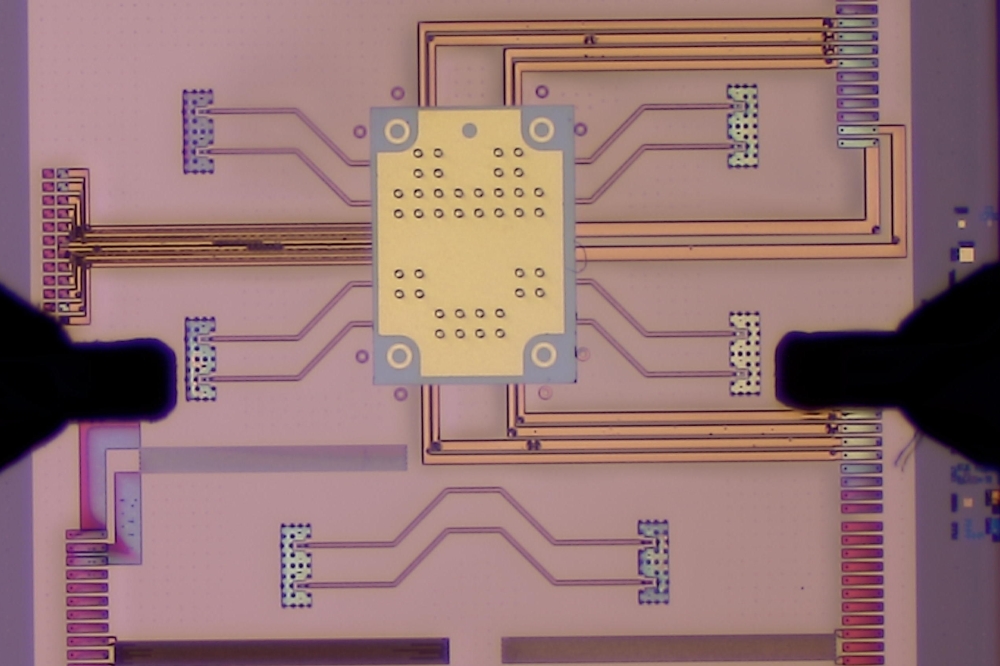CyOptics Introduces 10 Gbps Electro-Absorption Modulator; Based on Indium Phosphide, it Offers an Alternative to Lithium Niobate Modulators for Optical Transmission
Waltham, MA. CyOptics Inc., a leading developer of Indium Phosphide based active optical components, today introduced its 10Gbps Electro-Absorption Modulator (EAM). The EAM is a highly compact, low cost modulator, targeted at replacement of the traditional Lithium Niobate modulators in metro and long reach applications.
Transmission experiments show that the CyOptics EAM provides error free 10Gbps operation on uncompensated spans of over 100km. This performance translates to transmission of 500km and further in long reach WDM applications, which include chromatic dispersion compensation.
"The results of transmission experiments indicate that our 10Gbps EAM is well suited for use in long haul applications, while its small size and lower total cost of ownership make it ideally suited for metro applications as well," said Irving Wang, CyOptics Product Line Manager for the EAM.
Fabricated using mature semiconductor processing technology, the Indium Phosphide (InP)-based EAM provides excellent manufacturability, a crucial advantage in an industry striving to lower cost while improving performance. The EAM is hermetically sealed in a compact, 0.75" X 0.63" package, providing substantial space savings over alternative solutions. In addition, the EAM s low drive voltage requirements allow the use of a wide selection of low-cost drivers, with prices of $130-400, in contrast to $1,000 and more for typical Lithium Niobate modulator drivers. Pricing for the 10Gbps EAM itself is $1,500 at quantities of 1,000 units.
EAMs use the electro-absorption effect (Franz-Keldysh effect) in InP to modulate light. The actual device, which is under 1 mm in length, is coupled to a high-speed electronic drive signal, and to an optical fiber. When negative voltage is applied, the device becomes opaque and light is blocked. At zero voltage, the device is transparent and light passes through it. Acting as a shutter, the 10Gbps EAM can be turned on and off 10 billion times a second, sending 10 billion bits of data per second over an optical network.
InP has been used since the early 1980s in numerous optoelectronic components, including lasers and receivers. Its use in high speed modulation paves the way to highly integrated, compact devices for optical transmission.
About CyOptics CyOptics was founded in early 1999, to develop breakthrough technology for 10 and 40Gbps active optical components. The company is headed by veterans of Lucent, Intel, and Lasertron, and has a superlative technical team, including leaders in the field of Indium Phosphide optical component development and manufacturing, and optoelectronic device packaging. The company is headquartered in Waltham, with offices in Los Angeles, and Israel. CyOptics has full optoelectronic component manufacturing capability, including Indium Phosphide wafer fabrication, regrowth, and characterization, as well as microelectronic packaging, test & qualification facilities.
Contact: CyOptics Hava Volterra Tel: 310 914-0155 hvolterra@cyoptics.com or AccessM3 Bruce Manning Tel: 562 597-8086 bruce@access-pr.com
CyOpticsHava Volterra
Tel: 310 914-0155
hvolterra@cyoptics.com
or
AccessM3
Bruce Manning
Tel: 562 597-8086
bruce@access-pr.com
E-mail: bruce@access-pr.com































